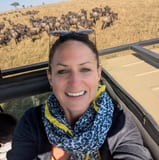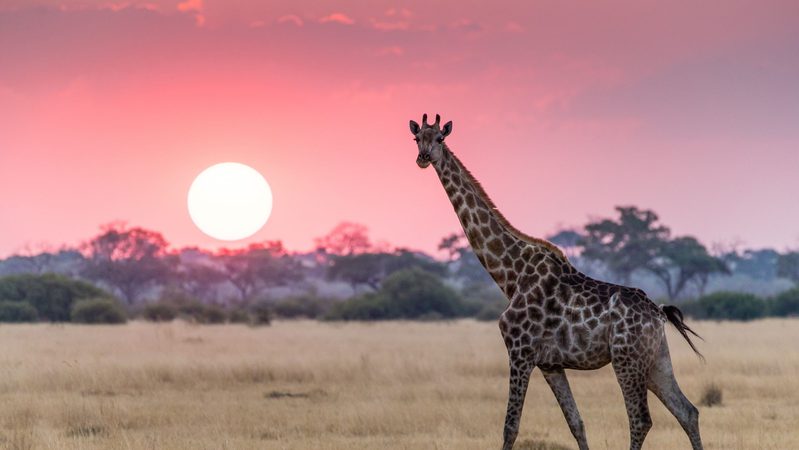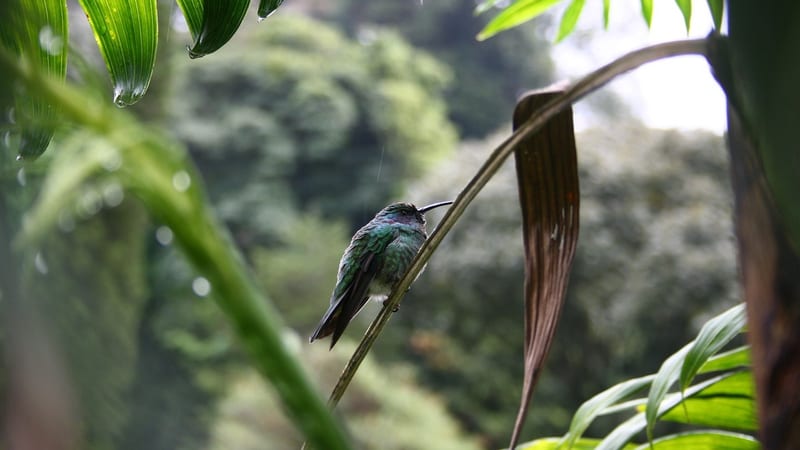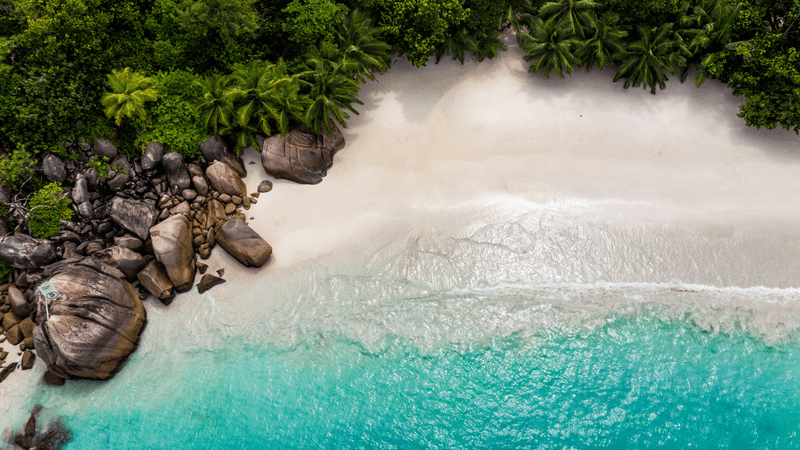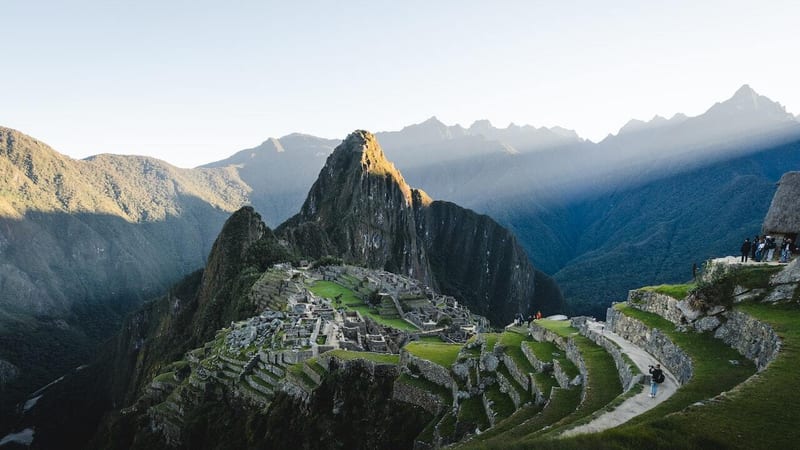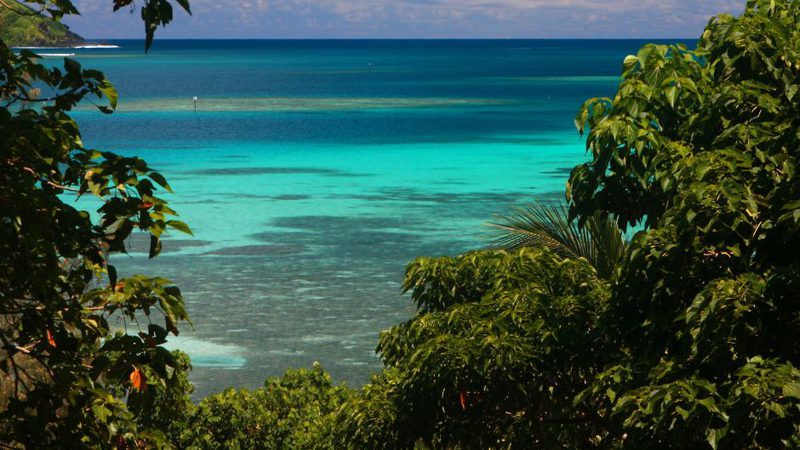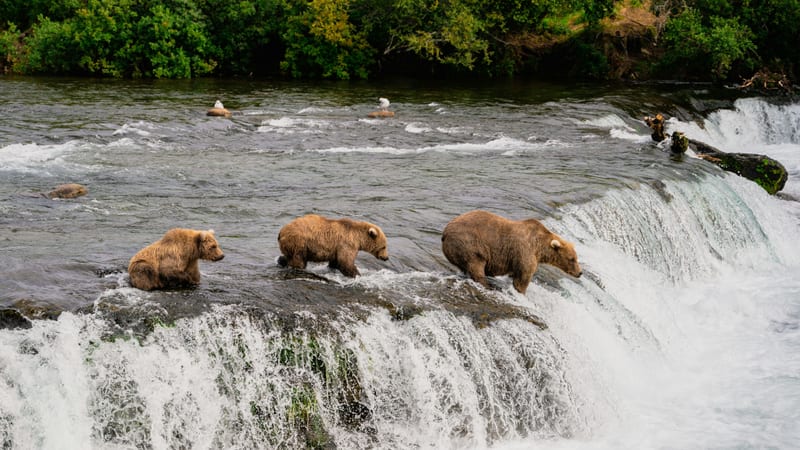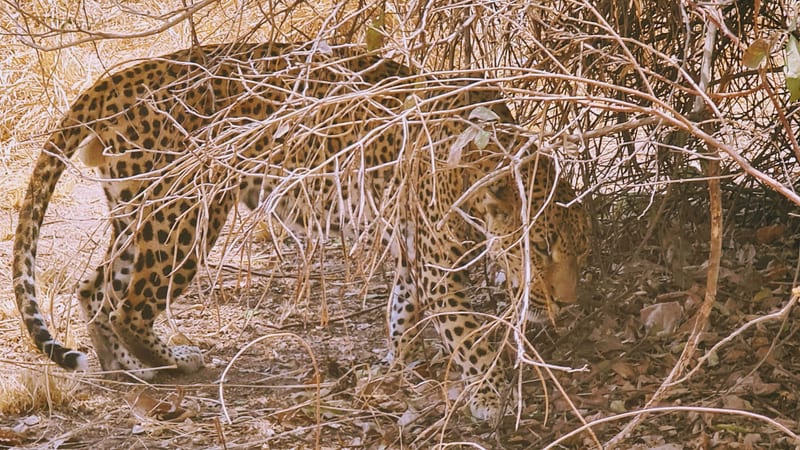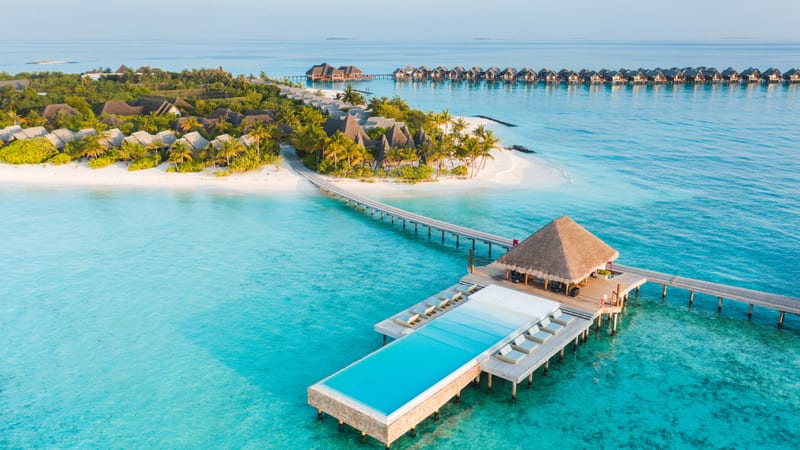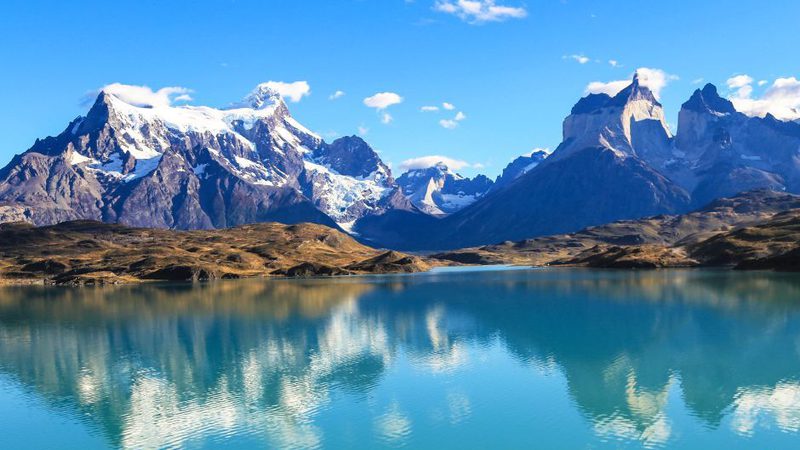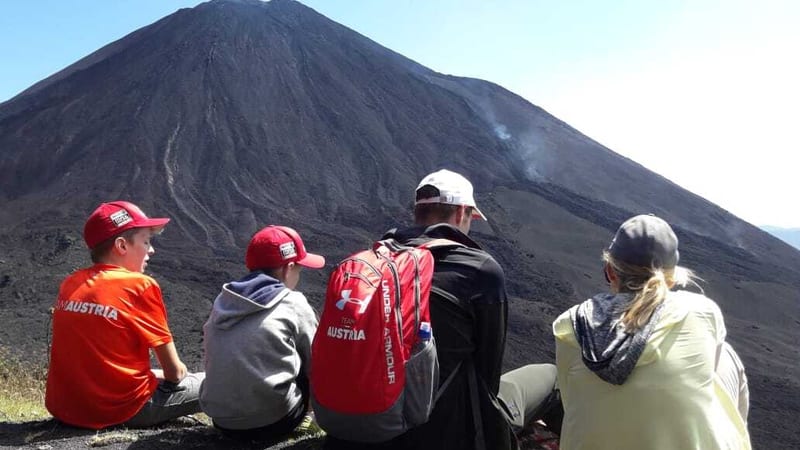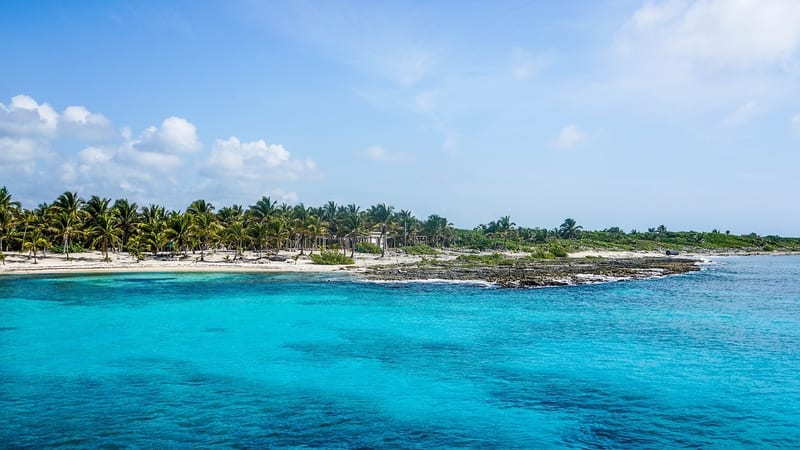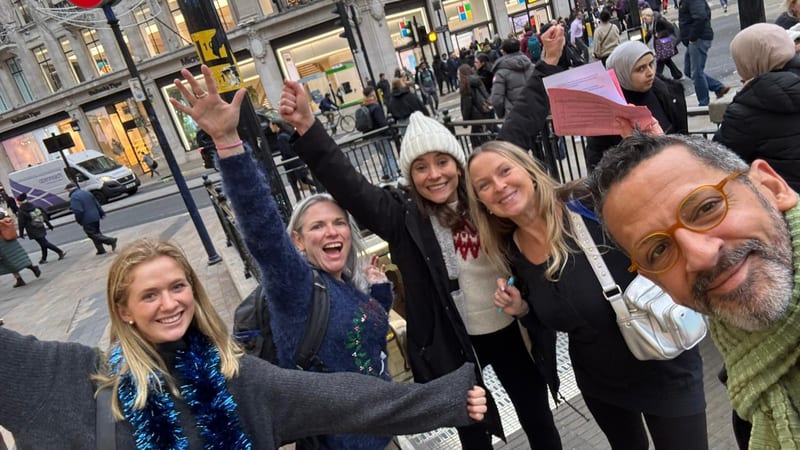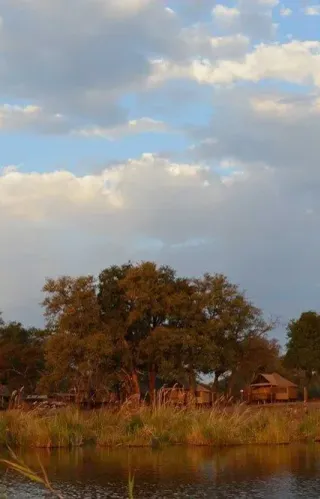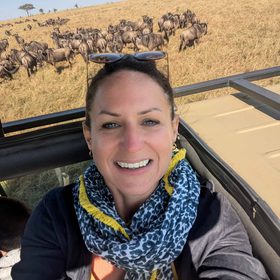Camp Linyanti should be visited by anyone passionate about raw Africa and favours safari quality over luxury accommodation
LOCATION: Cradled in the north-western corner of the game-rich Chobe National Park, Camp Linyanti rests on the edge of the Linyanti Lagoon, where the waterways, forests and floodplains of Botswana meet Namibia’s Caprivi Strip. The lagoon is fed by the Chobe and Kwando rivers, creating a wetland oasis that attracts vast herds of elephants during the dry season, along with exceptional birdlife and predators. Remote and peaceful, this is one of Botswana’s most rewarding wilderness areas.
ROOMS: The camp has just five elevated canvas suites, including one set aside for honeymooners. Each tent features a private balcony, en-suite bathroom and outdoor shower, with simple, elegant furnishings that complement the natural surroundings. Designed for comfort without compromising on authenticity, the camp accommodates a maximum of ten guests at a time, making it ideal for those seeking privacy and a genuine safari atmosphere.
AMENITIES: Camp Linyanti’s facilities are deliberately understated to preserve its wild character. Each suite has solar-powered lighting, bedside lamps, a dressing table and extra blankets for cool nights. The main area, built from timber and thatch, overlooks the floodplains and lagoon, offering an open-air dining space and a welcoming place to relax between drives. Meals are freshly prepared and often enjoyed outdoors, with views of the river and passing wildlife.
ACTIVITIES: Guests can explore the area on twice-daily game drives through Linyanti’s varied terrain, home to elephants, buffalo, lion, leopard and wild dog. General game viewing at Camp Linyanti is conducted in open-air 4-wheel drive vehicles, which traverse the riverine forests and lush terrain. Due to the area's abundance of water, the camp has added a 'swamp cruiser' to its game viewing fleet, which takes guests out on boat trips through reedbeds and channels. Birdwatching here is superb, particularly along the waterways, where countless species thrive. The region also lies along two zebra migration routes, creating an extraordinary seasonal spectacle.
SUSTAINABILITY: Camp Linyanti is eco-friendly by design, running entirely on solar power and maintaining a minimal footprint. The camp’s remote setting and small size ensure that the wilderness remains undisturbed, while its guiding team shares a deep respect for conservation and the fragile ecosystems of northern Botswana.
Best places to stay in Linyanti Concession
Linyanti Concession Trip Inspiration
When to go to Botswana
Find out the best time to visit Botswana with our month-by-month guide.
- Best
- Good
- Mixed
- Jan
- Jan
- Feb
- Mar
- Apr
- May
- Jun
- Jul
- Aug
- Sep
- Oct
- Nov
- Dec
January
January is the heart of the wet season, with heavy downpours usually in the late afternoons, which is a great excuse to watch the storm from the luxury of your camp or lodge. Much of the wildlife is still there it may just take a little longer to find as its more dispersed due to the surrounding surface water. This time of year is hot, and aside from the rainshowers it's sunny. This is the best time to see the Zebra and Wildebeest migration as well as large flocks of flamingos down in the Makgadikgadi Salt Pans. Rates are lower during the wet season.
January
January is the heart of the wet season, with heavy downpours usually in the late afternoons, which is a great excuse to watch the storm from the luxury of your camp or lodge. Much of the wildlife is still there it may just take a little longer to find as its more dispersed due to the surrounding surface water. This time of year is hot, and aside from the rainshowers it's sunny. This is the best time to see the Zebra and Wildebeest migration as well as large flocks of flamingos down in the Makgadikgadi Salt Pans. Rates are lower during the wet season.
February
February is also one of the warmer months, and is defined by both sunshine and heavy storms, which making it another great time for photography. It's now that the Central Kalahari begins waking up, with herds of game coming to graze the lush grassland. Again the peak migration should be in the Makgadikgadi now with large herds of wildebeest and zebra in the area. Game viewing is still great in many areas of the Okavango Delta with many of the dried camps on the western side top choice.
March
The wet season slowly comes to an end, leaving hot, drier days. There is still some rain, but only for short periods during the afternoon. Enjoy the green scenery and the lower accommodation rates. Towards the end of March the wildlife in the Central Kalahari really begins to pick up as large numbers of plains game head in the pans and Valleys. This is a great time of year to combine the Central Kalahari and Okavango Delta.
April
April is a fine month to visit Botswana, as the nights become cooler and sleeping is easier. Breeding season is underway for plains game, so keep an eye out for the clashing males attempting to woo the females out on the savannahs. Along with the breeding season comes more predator activity as the young animals are easy pickings. This is peak game viewing time in the Central Kalahari Game Reserve making it an integral part of any itinerary.
May
With the rainy season at an end, the temperature falls, making bush excursions more pleasant. Nights can be a little chilly, so you'll probably need an extra layer if you're heading out on an evening game drive. Skies become clearer and there are fewer mosquitoes. This is one of our favourite months to travel and also marks the final month before the peak season rates kick in in most camps.
June
June is the middle of winter in Botswana, and is one of the best times to visit the country. Days are pleasantly warm, and nights are spent tucked up cosily in your camp or lodge. Wildlife becomes concentrated around waterholes making it easier to spot. This is a great time to visit the Okavango Delta, Moremi and Chobe.
July
With warm sunny days, and cool nights, July is the perfect time to be in Botswana. Although this is the dry season, it's a great time to enjoy a traditional mokoro canoe trip as floodwaters begin to rise in the Okavango Delta, flowing down from the highlands of Angola.
August
The temperature begins to rise again in August, but it's still a superb time for game viewing, and the Makgadikgadi Pans are now accessible through until October. Water is now scarce in many of the parks, making game viewing easy. It's a good time to visit Savute and Linyanti.
September
Days in September are hot with sunny blue skies, and the nights are no longer cold. It does get quite dusty out in the bush thanks to many months without rain, and game viewing is excellent as predators and prey alike hunt to find water.
October
October is warmer, and safari activities take place during early mornings and late afternoons to avoid the worst of the heat. This is one of the final month before the rains come and the ground is at its driest making for exceptional game viewing. If you don’t mind hot days this is one of the peak game viewing months
November
November remains hot, but the rains return mid-month, bringing the plains and forests back to life. If you want to see young animals being born and lots of predator action, this is the month to come. With rates dropping in November and the rains often falling later on in the month, the first 2 weeks of November are a very popular time to travel. It also ties in nicely with the great weather in Cape Town and the Garden Route.
December
The rainy season is now in full swing with often short heavy downpours in the evening, days are still mostly sunny. Landscapes are lush, and there is plenty of wildlife activity as the newborns flourish.
Speak to a Botswana expert today
and start planning your tailor-made vacation

Alistair
